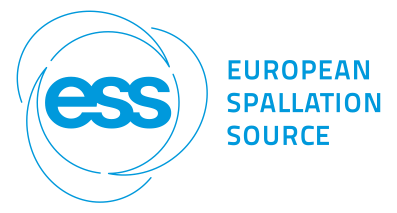Speaker
Dr
Elena Litvinenko
(JINR)
Description
A detector group of a neutron center has to solve daily a variety of non-typical tasks. These tasks may appear due to the configuration and commissioning of detectors, search for causes of faults, or with the development of new methodologies and the preparation of new types of experiments. That is why the requirements to the software from the detector group are specific and varied. The user oriented software does not cover full range of these demands.
The wish list for software from the detector group in FLNP includes detailed diagnostic tools, autonomy, fast deployment, flexibility, and, additionally, compact data formats, easy integration into the experiment control software (detachable or connecting components), extensibility with respect to new equipment.
These requirements are the same for different types of detectors.
Partially these demands have been realized in previous software like DeLiDAQ-1 [1] developed in collaboration with HZB, Berlin (former HMI).
Recently we have started to follow such requirements in our new developments. Especially important is the first item - to get full information of measured parameters. The most complete information from the detector and about operation of the readout circuit can be extracted by list mode data, and it corresponds to the modern trend of user oriented experimental techniques.
The most comprehensive software package for event list data is ROOT package from CERN due to its concept of the ROOT trees with excellent implementation. Another reason to use this package is its compact data format. And as a bonus you get a huge list of benefits (because ROOT is an intensively used toolkit with complete suite of C ++ classes for fitting, linear algebra, visualization of large datasets, graphical user interfaces, etc.). In the report I will explain the solutions for the list mode data in the software implemented by me, some of which are already working for the detector specialists while others are under development. Software discussed in the report is designed for position-sensitive detectors with delay line readout and for the recorded data from the gaseous proton recoil telescope for fast neutron spectrometry [2].
[1] Nucl. Instr. and Meth. A 569 (2006) 900–904; See also Nucl. Instr. and Meth. A 572 (2007) 1004
[2] Physics of Particles and Nuclei Letters, 2012, Vol. 9, No. 6–7, pp. 508–516
Author
Dr
Elena Litvinenko
(JINR)
Co-authors
Mr
Andrey Bogdzel
(Joint Institute for nuclear Research)
Mr
Andrey Churakov
(Joint Institute for Nuclear Research)
Dr
Lutz Rossa
(Helmholtz-Zentrum Berlin für Materialien und Energie)
Dr
Olaf-Peter Sauer
(Helmholtz-Zentrum Berlin für Materialien und Energie)
Dr
Thomas Wilpert
(Helmholtz-Zentrum Berlin für Materialien und Energie)

